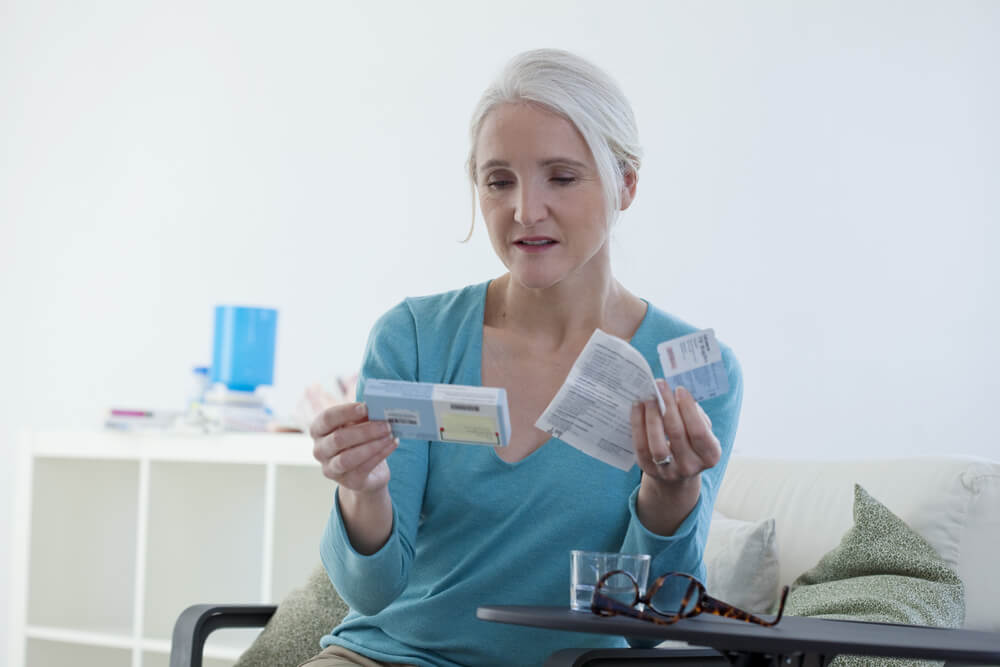Estrogen replacement therapy is for the prevention of common menopausal symptoms such as female genital discomfort and hot flashes. It is often used and is advised by physicians and gynecologists. To substitute the estrogen that the body stops producing after menopause, this is taken as medication and has several forms such as patches, pills, creams, and so on.


